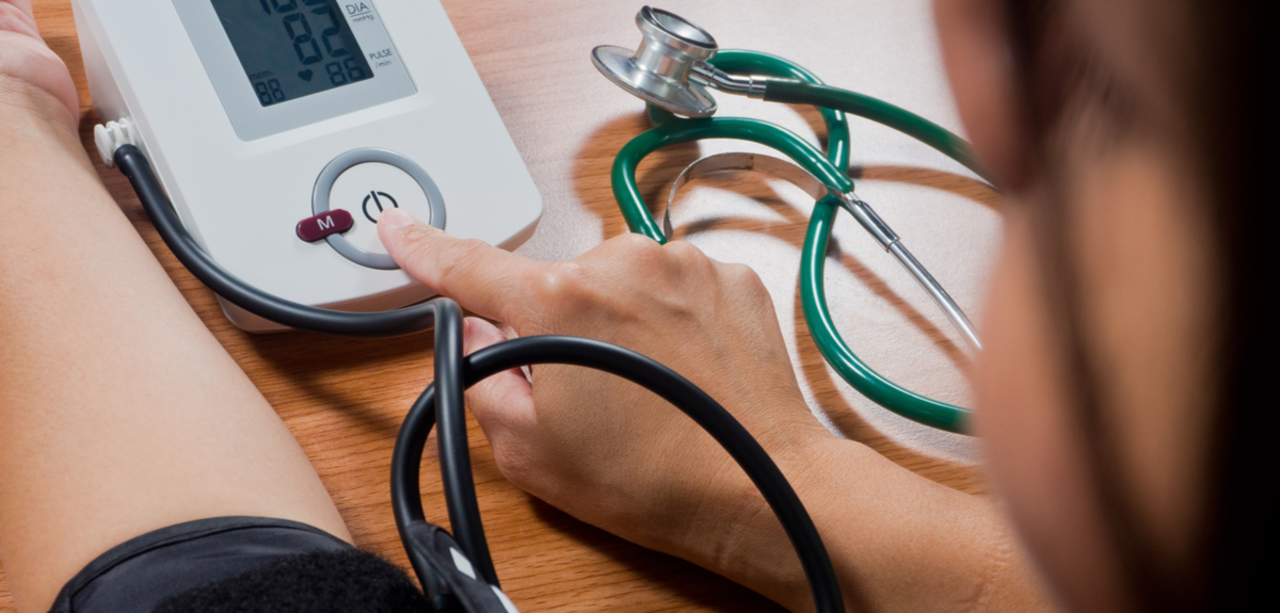Patients: Practical Guides for Buying, Using, and Managing Medications
Ordering medicine, switching prescriptions, or managing side effects can feel confusing. This page collects clear, usable guides written for real people — not for clinicians. You’ll find straightforward tips on buying safely online, spotting risky pharmacies, managing common drug side effects, and what to ask your pharmacist or doctor.
Safe steps for buying medication online
Want to order a prescription online? First rule: you should have a valid prescription from a licensed provider. After that, use this quick checklist:
- Check pharmacy credentials. Look for an address, a working phone number, and accreditation (for US sites, NABP Verified or similar).
- Use secure payment. Avoid wire transfers or cryptocurrency for first-time orders.
- Compare prices but don’t chase the lowest price. Extremely cheap meds often mean fake or expired products.
- Read shipping and return policies. Know who pays for customs or taxes if the package comes from abroad.
- Keep records: save receipts, order confirmations, and photos of packaging when it arrives.
If anything feels off — no prescription required, no contact info, or pushy sales tactics — stop and ask your doctor for advice.
Practical tips for taking and switching meds
When you start a new drug or switch brands, small steps make a big difference. Keep a simple medication list with doses and times. Track how you feel daily for the first few weeks and note side effects, even mild ones. For some medicines (like thyroid drugs), dose conversions matter — ask your prescriber for exact conversion and a lab schedule.
Don’t stop or change doses suddenly unless your provider tells you to. If you notice alarming signs — severe rash, breathing trouble, sudden swelling, or new chest pain — seek emergency care right away. For non-urgent issues, call your prescriber or pharmacist and describe symptoms, dates, and any other drugs or supplements you take.
Our articles cover specific situations: how to buy common prescriptions safely, guides on switching thyroid meds, practical plans for monitoring lab tests after stopping certain drugs, and real-world tips to handle side effects. You’ll also find reviews of online pharmacy practices and red flags to avoid.
If you’re unsure about a drug interaction or need help verifying a site, use our Contact page to get in touch or bring your questions to your pharmacist. Staying informed and asking the right questions is the best way to keep your medication journey safe and effective.

- 9 Comments
In my recent blog post, I discussed the relationship between Azilsartan and blood pressure control in patients with anxiety disorders. Azilsartan is an angiotensin receptor blocker (ARB) commonly used to treat hypertension. I found that there is growing evidence suggesting that this medication may be particularly beneficial for those suffering from anxiety disorders, as it has been shown to significantly reduce both systolic and diastolic blood pressure. Additionally, it may improve the overall cardiovascular health of these individuals, leading to a better quality of life. It's essential to consult with a healthcare professional before making any changes to your medication regimen, but it's certainly worth exploring the potential benefits of Azilsartan for those struggling with anxiety and high blood pressure.
